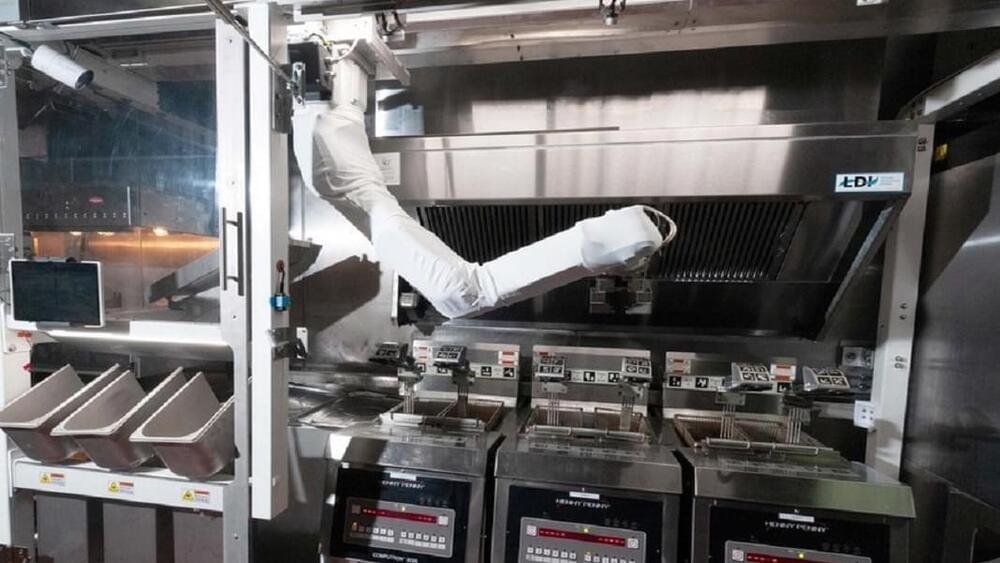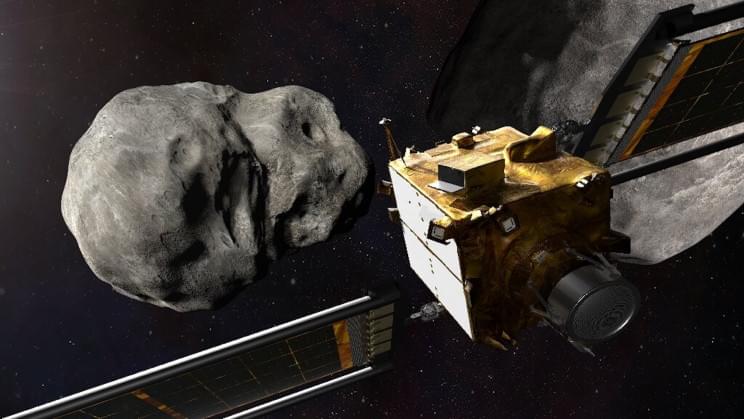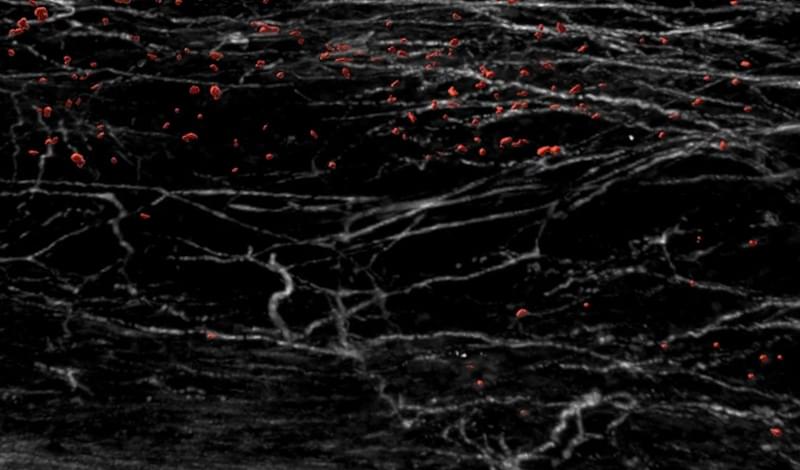
This initial iteration of the fast-food robot—or robotic kitchen assistant, as its creators called it—was so successful that a commercial version launched last year. Its maker Miso Robotics put Flippy on the market for $30,000, and the bot was no longer limited to just flipping burgers; the new and improved Flippy could cook 19 different foods, including chicken wings, onion rings, french fries, and the Impossible Burger. It got sleeker, too: rather than sitting on a wheeled cart, the new Flippy was a “robot on a rail,” with the rail located along the hood of restaurant stoves.
This week, Miso Robotics announced an even newer, more improved Flippy robot called Flippy 2 (hey, they’re consistent). Most of the updates and improvements on the new bot are based on feedback the company received from restaurant chain White Castle, the first big restaurant chain to go all-in on the original Flippy.
So how is Flippy 2 different? The new robot can do the work of an entire fry station without any human assistance, and can do more than double the number of food preparation tasks its older sibling could do, including filling, emptying, and returning fry baskets.









